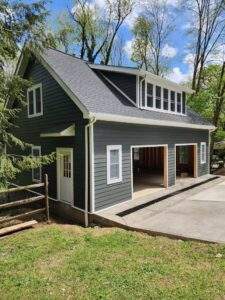2022 Pittsburgh Housing Market
The Pittsburgh real estate market in 2021 was red hot for sellers. On one hand, the market was great for sellers who couldn’t sell their property in prior years. On the other hand, buyers were spending more than the year-over-year average for real estate. 2022 trends show housing prices starting to drop and real estate supply on the rise – slightly.
Market analysis from Redfin did find the market was still in favor of sellers despite the recent market changes. 54% of homes are still selling above list price and most have a signed contract in under 14 days. Some good news for buyers, mortgage rates are still under 3% in Pennsylvania.
2022 Pittsburgh housing trends will go against historical data. In the past, national housing market trends and cycles have not followed local, Southwestern Pennsylvania trends. However, 2021 and 2022 seem to be different. Drive around any Pittsburgh area neighborhood – Mount Lebanon, Squirrel Hill, Brookline – and they are all littered with “for sale” signs in front yards. Not only are there more signs than in prior years, but they are also staying up longer.
But, why are “for sale” signs staying up longer than in 2021 and prior years? It has a lot to do with the job market and swings in employment in the area. Additionally, factors such as neighborhood, school district, and local amenities are swaying people more than ever before. In short, the house has to be right for the buyer and buyers are holding out more frequently.
Pittsburgh Housing Market By The Numbers
Pittsburgh Home Values
The Greater Pittsburgh Area consists of 83 neighborhoods, which on average have 2,500 homes for sale at any given time. These homes range from as low as $4k to $5.5M. The median listing price is right at $225,000 and breaks down to roughly $155 price per square foot.
Pittsburgh Housing Market
In January of 2022, Pittsburgh area homes sold for 1.19% below the asking price. The median home sold at $225,000, which equates to a 98.81% sales-to-listing price ratio. This ratio indicates that January favored Pittsburgh homebuyers and that there was a greater supply of homes than demand. For homes sold, they averaged 66 days on the market, which is an increase from December 2021 and a decrease from 2021 collectively.





